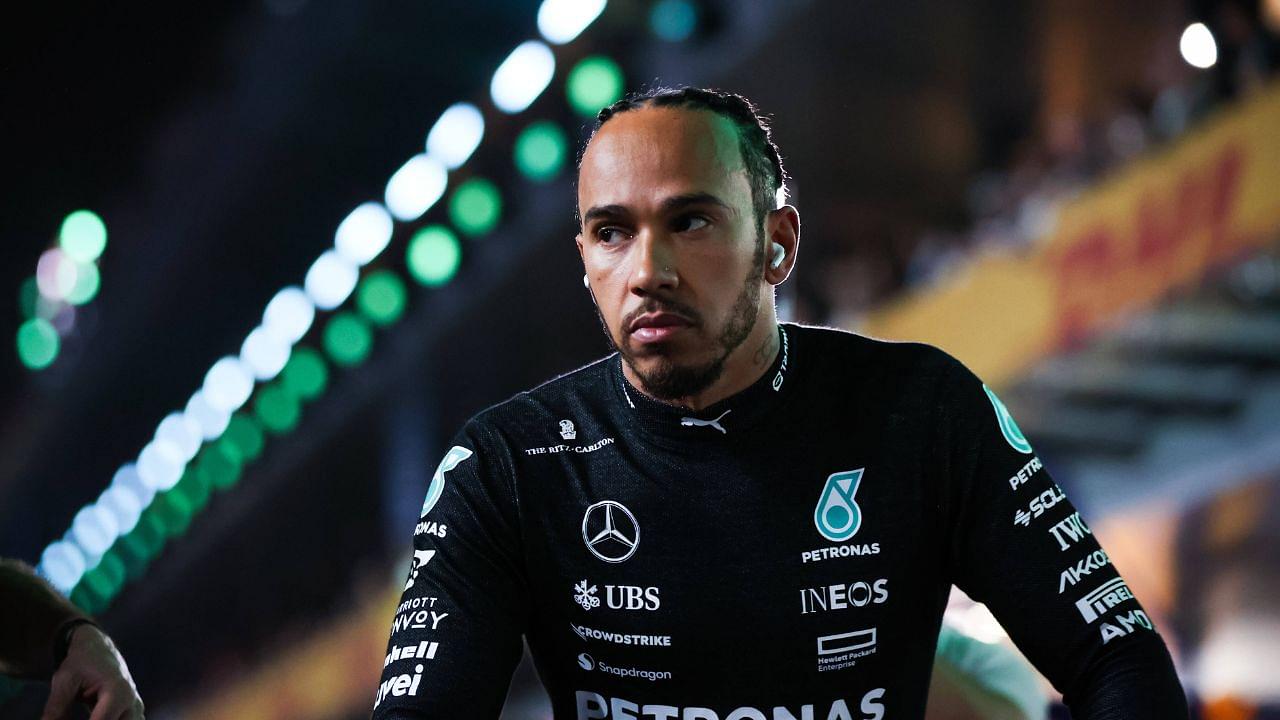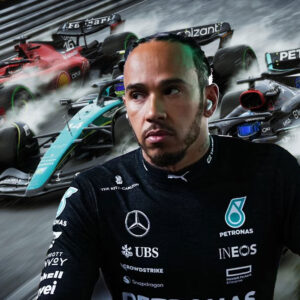
Credits: IMAGO / PanoramiC
Contrary to the hopes of the Mercedes fans, the team’s struggles continue to haunt them. The first two races of the season were far from optimal for the Silver Arrows since the car got slower as the weekends progressed. In Jeddah, however, there was a chance for Mercedes to optimize their performance by double stacking their cars during the Safety car period. However, they opted to only bring in George Russell, raising eyebrows among the fans.
Advertisement
Addressing the same in a post-race debrief on the official YouTube channel of Mercedes AMG Petronas Formula One Team, Andrew Shovlin analyzed the team strategy. He claimed uncertainty over the rest of the race hindered their thought process. Per Shovlin, the potential of a penalty for choking the pit lane was not worth the risk that early in the race.
“Well, with the benefit of hindsight, yes. We would have done that. Now, what we did not know at the time was whether there would be another incident. And the other thing we didn’t know, which is how durable the tires were going to be.”, said Shovlin.
Advertisement
Shovlin also detailed that had there been another safety car period, Hamilton would have benefitted most. He would have pitted accordingly and driven on optimum strategy. Meanwhile, other drivers would have been on off-set strategies, making the race more difficult for them.
However, with the luxury of hindsight, Shovlin conceded that a double-stacking strategy would have been much better. They could have gained a couple of positions through it. But there was no way of knowing this at the moment, and Hamilton ended up suffering.
‘Ifs and Buts’ surround Mercedes’ outing in Jeddah
Aside from the choice to not double stack Hamilton, one other decision had the fans scratching their heads. The 7-time world champion started on Medium tires instead of Softs. He started the race in P8, and softer tires would have aided him in gaining places. However, Mercedes decided against it. Per Shovlin, the Medium compound showed promising results in the early laps and carried a good pace.
Meanwhile, softer tires would have led to Hamilton having to pit early and lose time. Shovlin once again asserted that had they known about a safety car, they would have started Hamilton on the Softs and adjusted their strategy accordingly. It was yet again a matter of uncertainties around the race. Hence, the ‘ifs and buts’ that arise after a race all stem from the luxury of hindsight.
Advertisement
Tire strategies remain a pivotal point in dictating the outcome of a race. A botched strategy can lead to a driver losing race pace despite carrying the potential for a high finish. Hamilton suffered a similar fate, as he finished P9, paling in comparison to his teammate.
